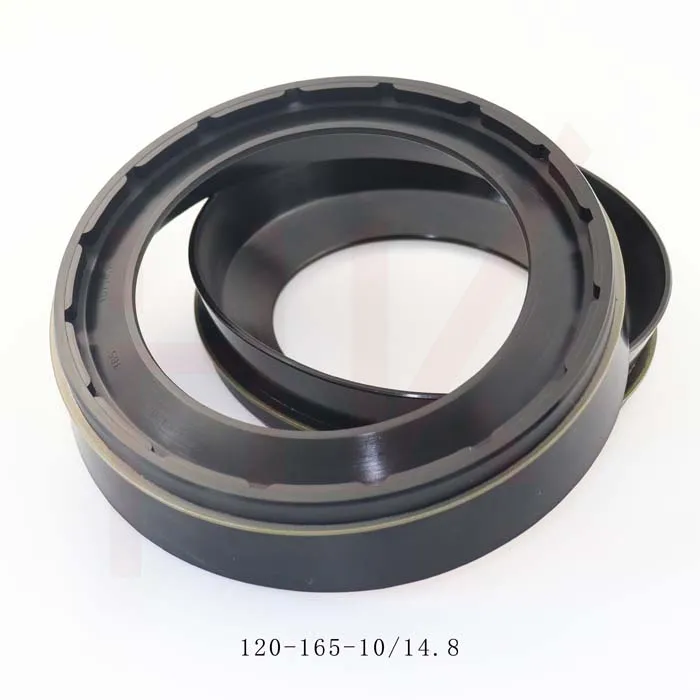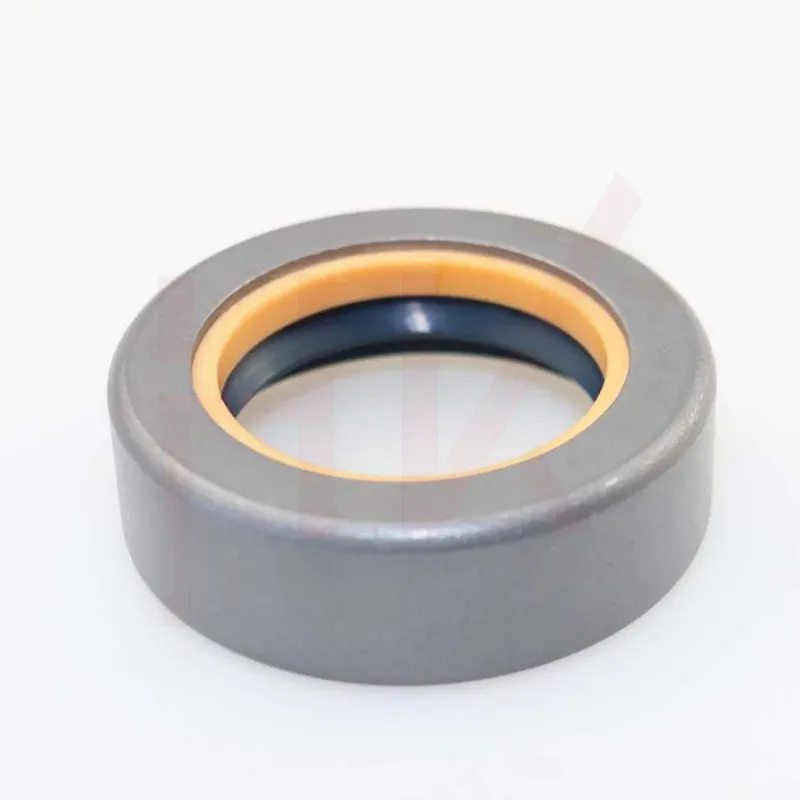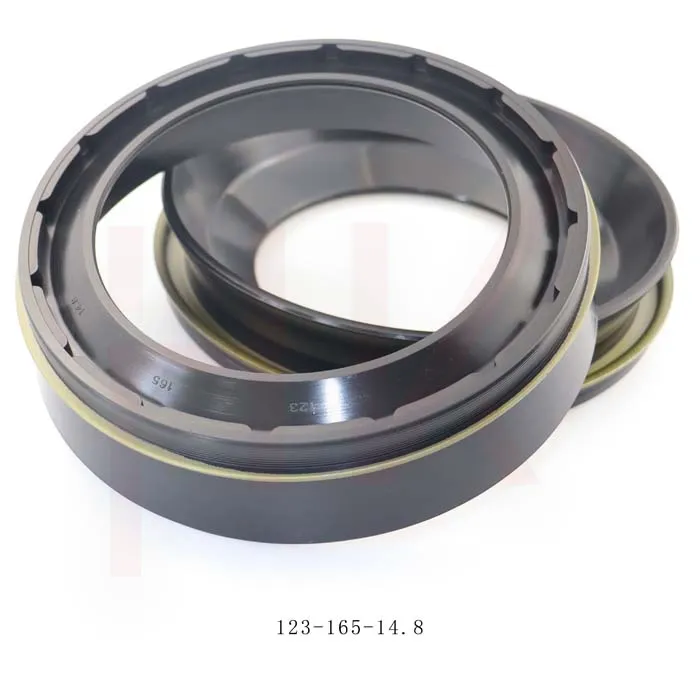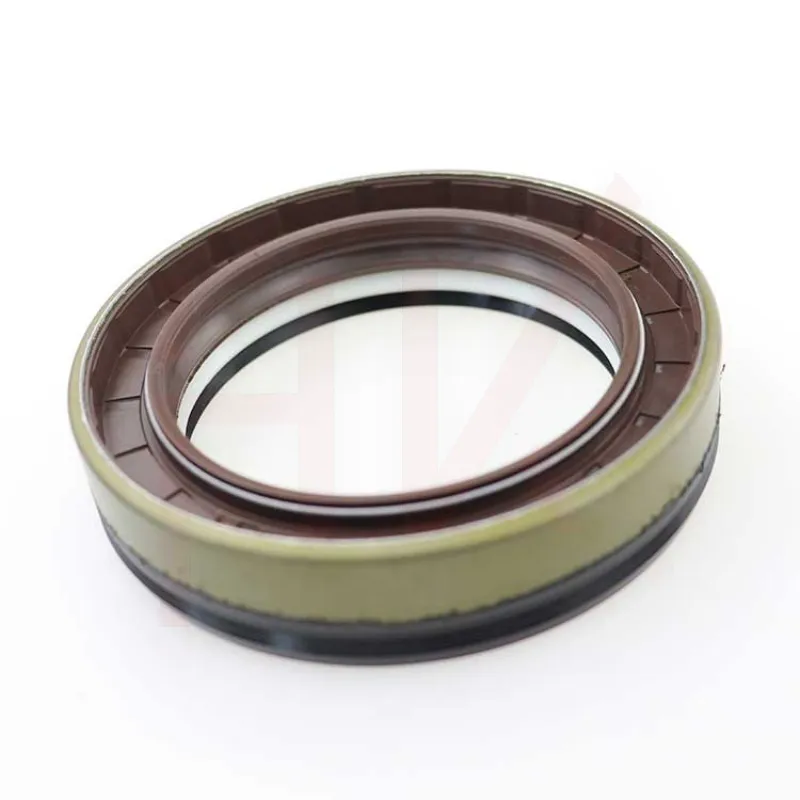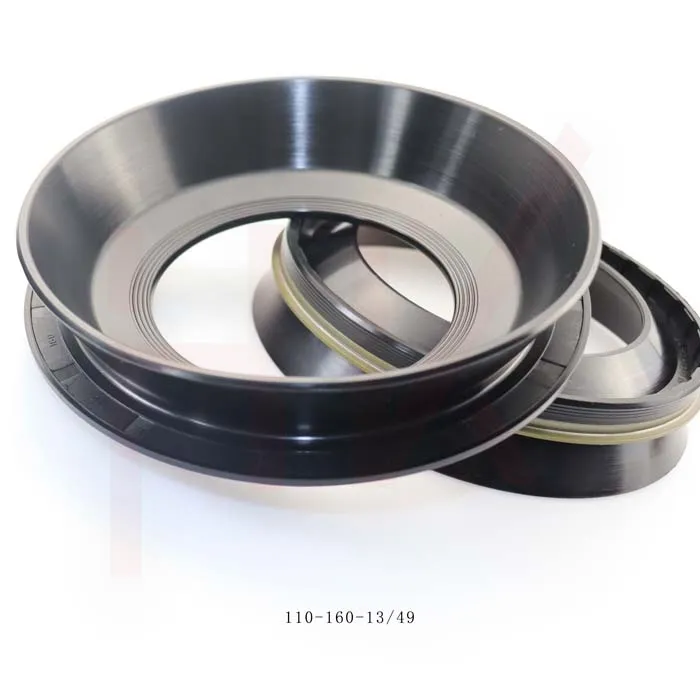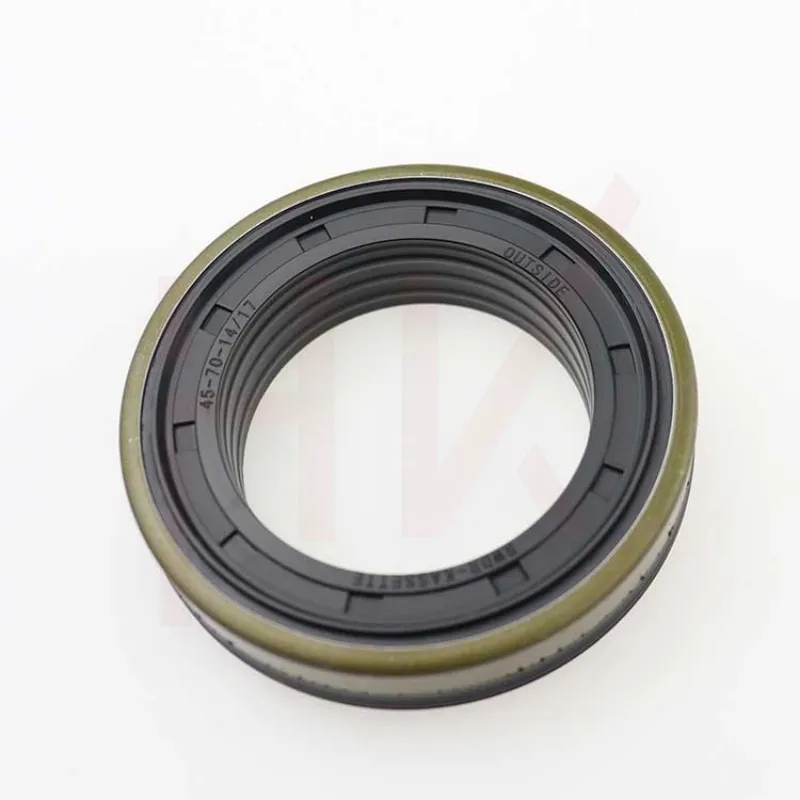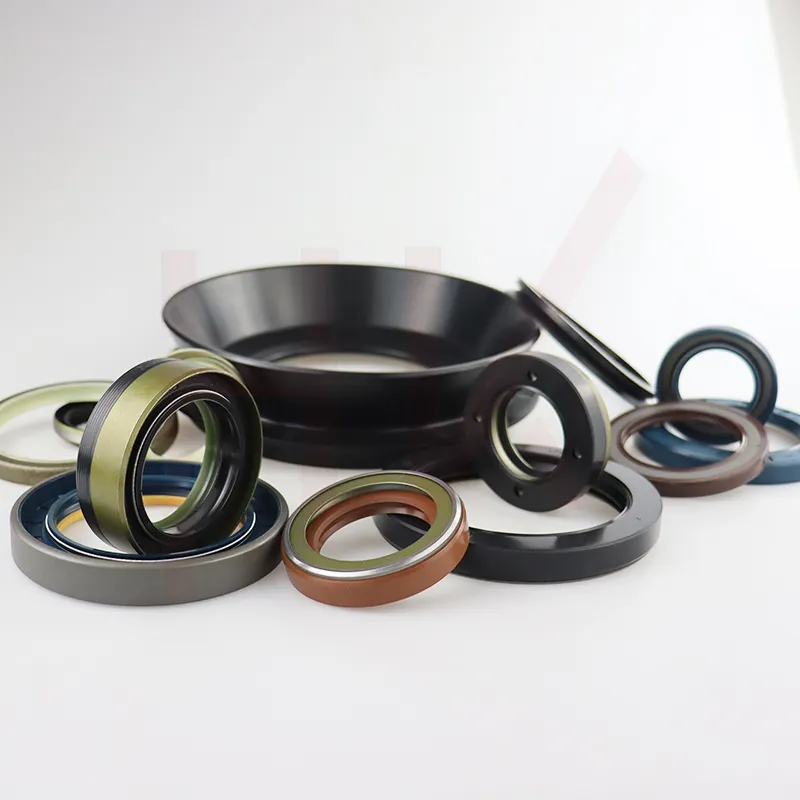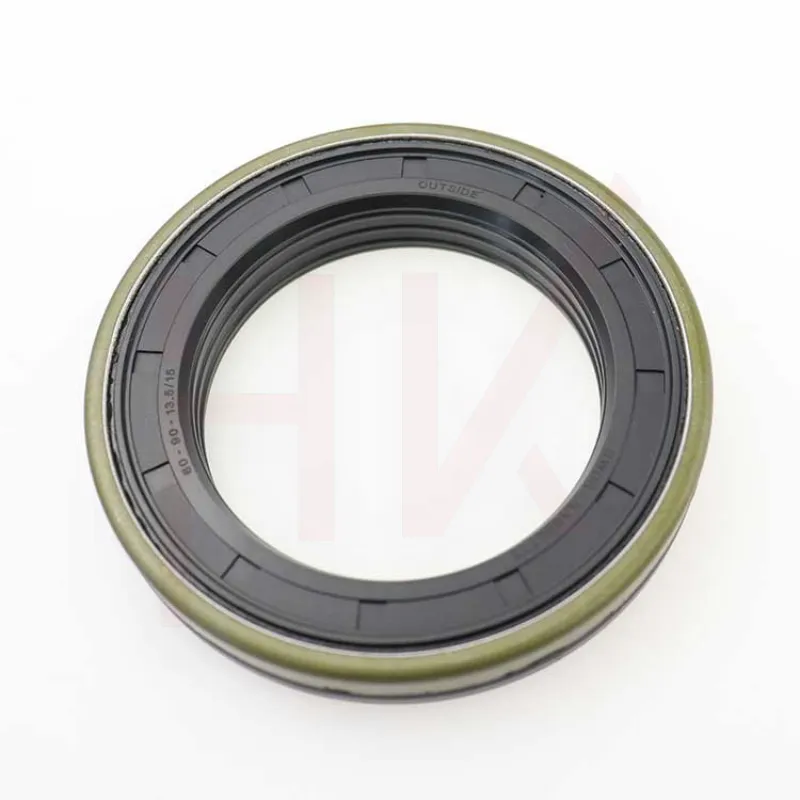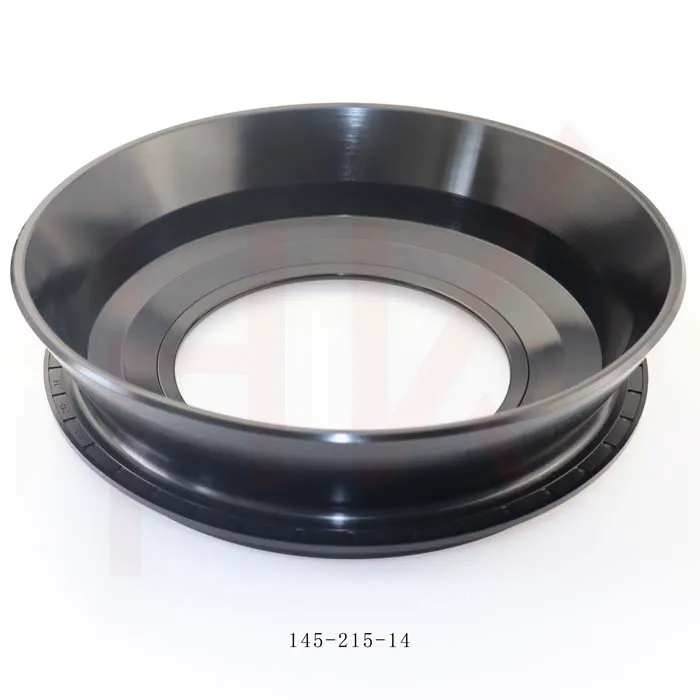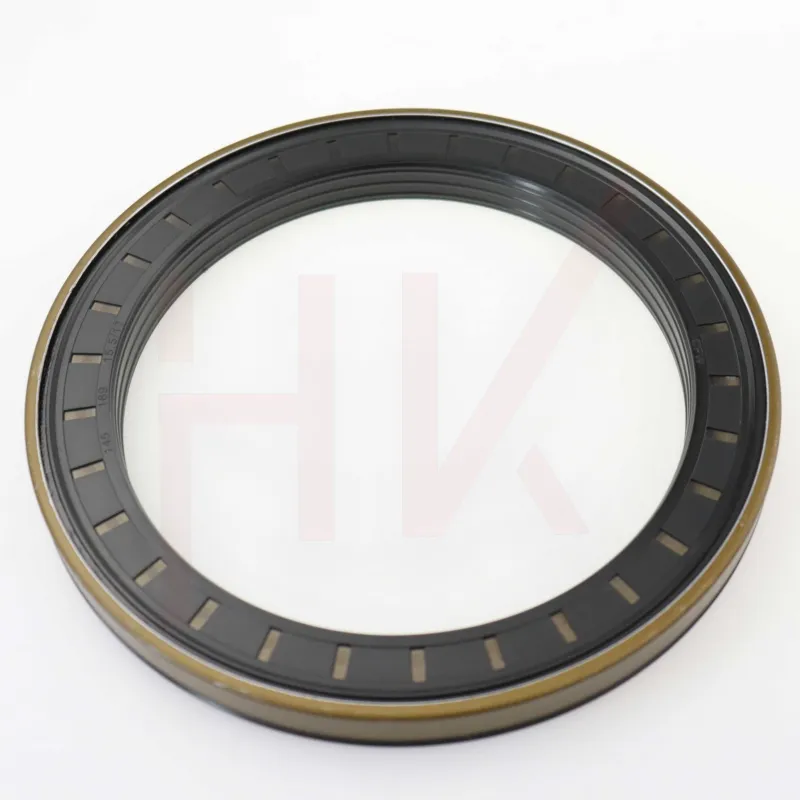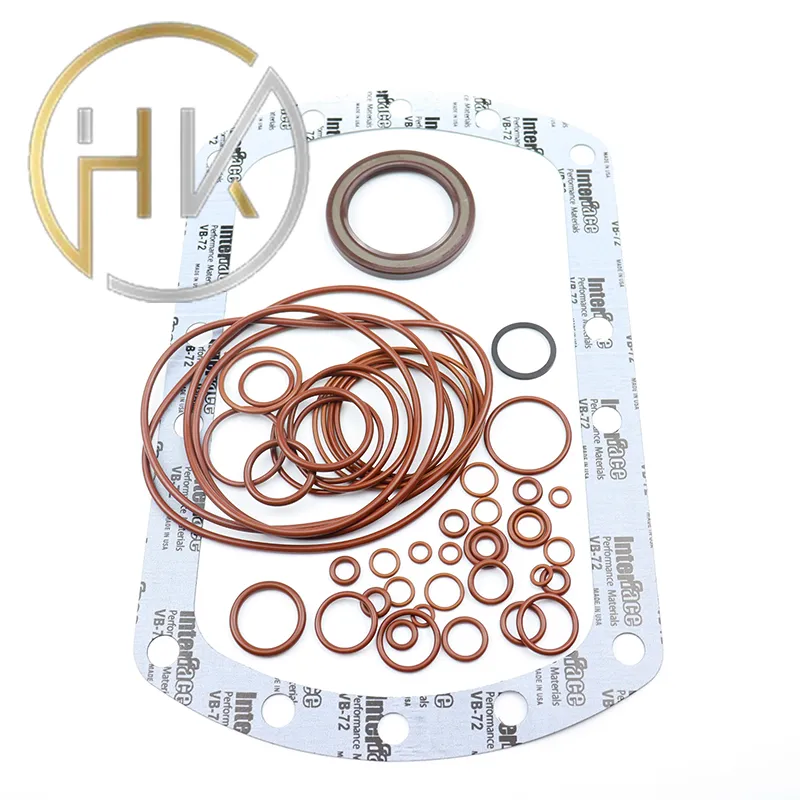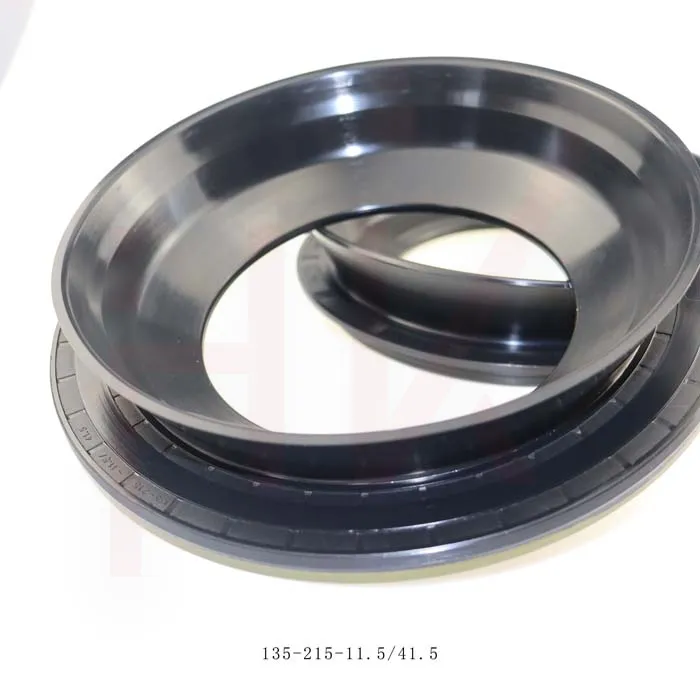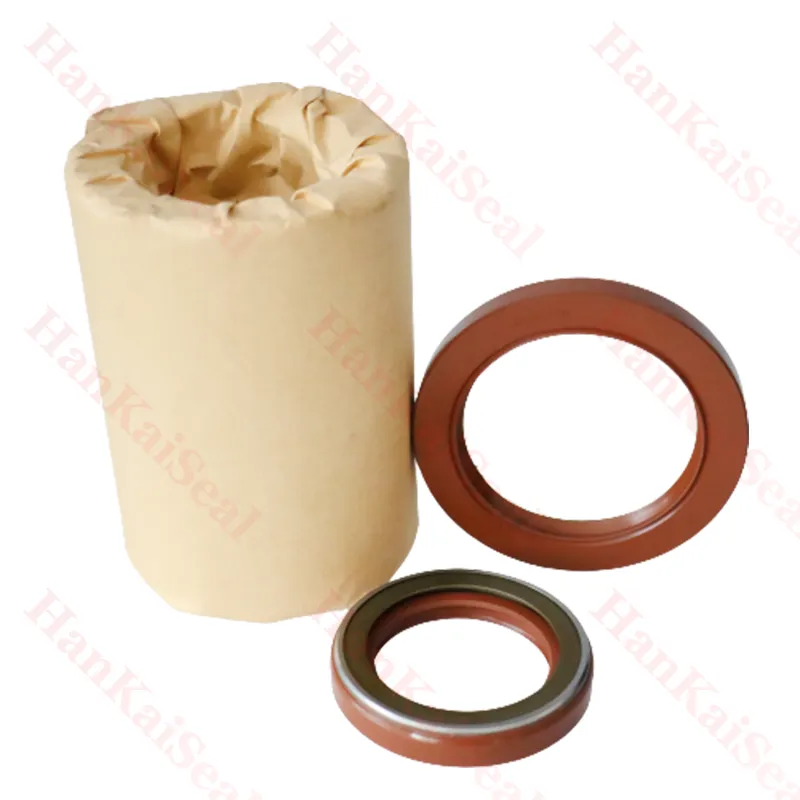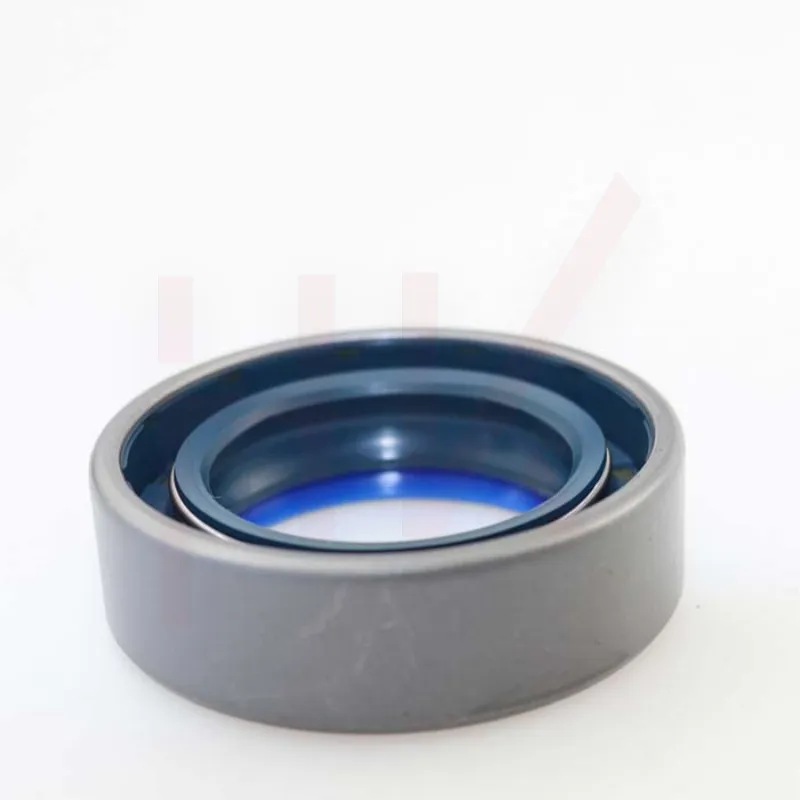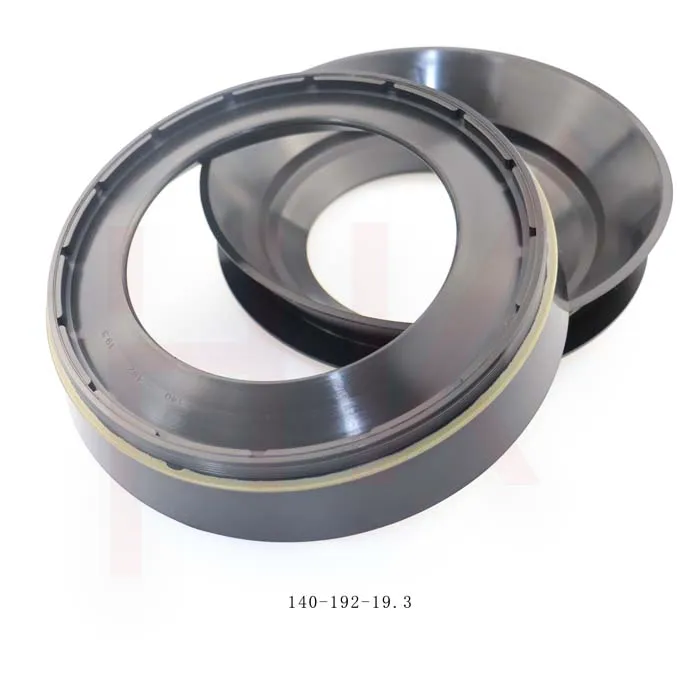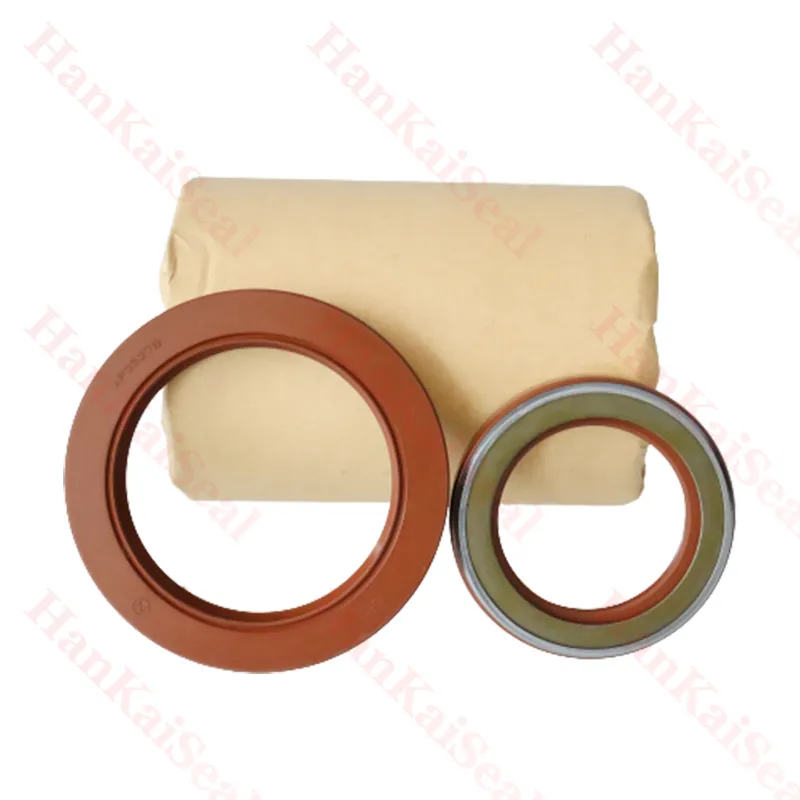មករា . 01, 2025 12:17 Back to list
Hub Rubber Seal Solutions for Enhanced Vehicle Performance and Longevity
Hub Rubber Seal The Unsung Hero of Mechanical Systems
In the world of engineering and mechanical systems, often the most crucial components are the ones that go unnoticed. Among these components, the hub rubber seal stands out as a vital element that ensures the smooth operation of various machinery and vehicles. This article explores the significance, functionality, and applications of hub rubber seals, providing insights into why they are an unsung hero in mechanical engineering.
Understanding Hub Rubber Seals
A hub rubber seal is designed to prevent the entry of dirt, dust, water, and other contaminants into the internal components of machinery while also retaining lubricants within the system. Typically made from synthetic rubber compounds, hub seals are engineered to withstand a wide range of temperatures and pressures, making them suitable for various environments. Their primary function is to ensure that the moving parts of machinery remain lubricated, functioning efficiently without the risk of wear and tear due to external elements.
The Mechanics of Hub Seals
At first glance, hub rubber seals may seem like simple components; however, their design is quite sophisticated. These seals are often designed with unique geometries, including lip shapes that facilitate a tight fit against rotating surfaces. This ensures that the seals maintain their integrity under dynamic conditions, preventing leakage and contamination. The elastic properties of rubber allow hub seals to quickly adapt to any misalignments or vibrations in the machinery, further enhancing their longevity and effectiveness.
Importance in Automotive Applications
In the automotive industry, hub rubber seals are indispensable components. They are commonly used in wheel hubs, transmission systems, and various other drivetrain elements. In wheel hubs, for instance, they are tasked with keeping out road grime and moisture while retaining the necessary grease that lubricates the wheel bearing. Without effective sealing, these bearings can fail due to contamination, leading to costly repairs and possible safety hazards.
Moreover, automotive applications demand seals that can withstand extreme conditions, from high temperatures generated by friction to corrosive substances found on the road. Manufacturers often use advanced rubber materials infused with additives to enhance durability, wear resistance, and temperature stability, illustrating the importance of material science in hub seal design.
hub rubber seal
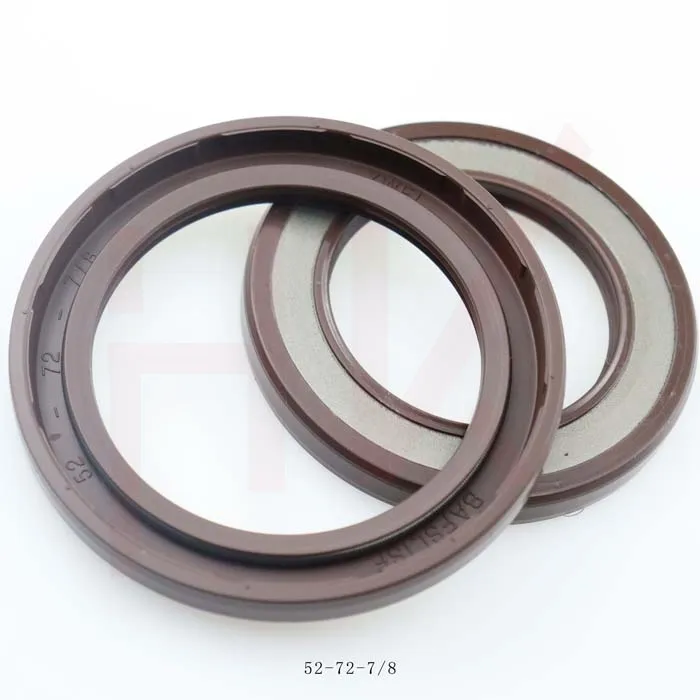
Applications Beyond Automotive
While automotive applications may dominate the discussions surrounding hub rubber seals, their use extends to other industries. Industrial machinery, agricultural equipment, and even aerospace applications benefit from effective sealing solutions. In industrial settings, for example, machines rely on hub seals to prevent lubricant loss and protect essential components from dust and debris, ensuring operational efficiency and reducing downtime.
In agricultural equipment, seals help protect machinery that operates in rugged environments where exposure to dirt and moisture is high. Similarly, in aerospace, where reliability is paramount, the sealing properties of rubber seals help ensure that high-performance components operate seamlessly under strenuous conditions.
Innovation in Hub Rubber Seals
As technology advances, so does the design and manufacturing of hub rubber seals. Innovations such as 3D printing and advanced material science have allowed engineers to create seals that are not only more efficient but also cost-effective. The integration of smart materials and sensors into hub seals is an emerging trend; these seals can monitor conditions and provide real-time feedback about their performance, helping prevent failures before they occur.
Sustainability is also influencing the future of hub rubber seals. As industries shift towards greener practices, the demand for eco-friendly materials is rising. Manufacturers are increasingly exploring biodegradable and recyclable options for seal production, aiming to reduce environmental impact without sacrificing performance.
Conclusion
In conclusion, the hub rubber seal is a critical component of many mechanical systems, particularly in the automotive industry. Their role in preventing contamination and retaining lubricants ensures the longevity and efficiency of machinery, making them essential for safe and reliable operations. As industries evolve, so too will the designs and materials used in hub seals, showcasing the importance of innovation in extending the life and performance of mechanical systems. While they may go unnoticed by the average consumer, the significance of hub rubber seals cannot be overstated—they are indeed the unsung heroes of mechanical engineering.
-
TCN Oil Seal Metal Ring Reinforcement for Heavy Machinery
NewsJul.25,2025
-
Rotary Lip Seal Spring-Loaded Design for High-Speed Applications
NewsJul.25,2025
-
Hydraulic Cylinder Seals Polyurethane Material for High-Impact Jobs
NewsJul.25,2025
-
High Pressure Oil Seal Polyurethane Coating Wear Resistance
NewsJul.25,2025
-
Dust Proof Seal Double Lip Design for Construction Equipment
NewsJul.25,2025
-
Hub Seal Polyurethane Wear Resistance in Agricultural Vehicles
NewsJul.25,2025
-
The Trans-formative Journey of Wheel Hub Oil Seals
NewsJun.06,2025
Products categories

